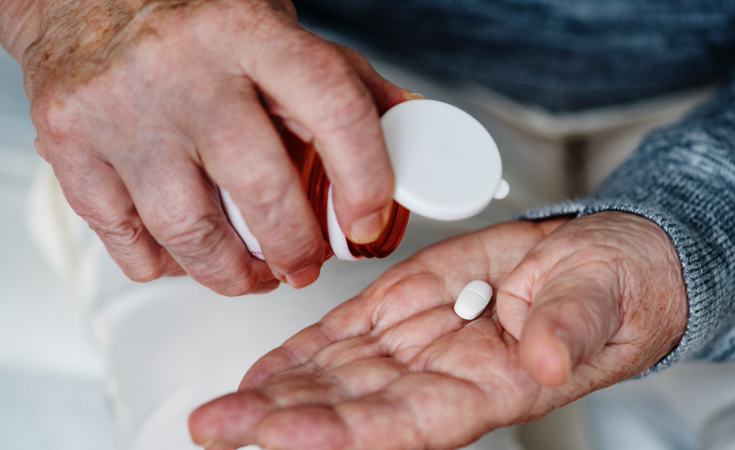Dermatological conditions like acne and rosacea often see treatment options that include oral antibiotics. However, the overuse or misuse of antibiotics is a growing concern in healthcare for the development of antibiotic-resistant bacteria. This article delves into a conversation that I recently had with Dr. James Del Rosso on the Derm Club podcast on the complex issue on better practices for antibiotic prescription in dermatology, alternative treatment options, and the overarching impact on antibiotic resistance.
Striving for Compliance and Reducing Oral Antibiotic Duration
When treating conditions like acne, dermatologists often aim to reduce the duration of oral antibiotic treatment by focusing on topical treatments. The goal is to transition patients off of oral antibiotics as quickly as possible while still effectively treating their skin conditions. “My goal is to get you off of this oral antibiotic, and try to maintain you with the topical treatment,” says Dr. James Del Rosso.
Studies show that topical treatments can be effective if patients comply with the treatment regimen. However, the issue often lies in compliance. Patients in real-world settings frequently deviate from the recommended medication use, leading to less effective outcomes. Therefore, dermatologists find themselves in a delicate balance, trying to make the topical treatment as compliant-friendly as possible by reducing the frequency of application. There is also the question of looking at alternative causes for skin issues that aren’t responding to treatment. Sometimes the issue could be endocrine, dietary, or related to other systemic conditions like polycystic ovary syndrome (PCOS). Thorough patient histories and tests can reveal underlying conditions that might necessitate different treatment avenues altogether.
Alternatives to Oral Antibiotics and The Role of Education
There are alternative treatments to antibiotics, such as spironolactone and oral contraceptives, especially in women. However, many dermatologists are hesitant to prescribe oral contraceptives due to concerns about managing side effects related to menstruation. As Dr. Del Rosso points out, “If you don’t want to prescribe oral contraceptives or other alternatives, there are other healthcare professionals who can assist in that regard.”
Educating dermatologists about these alternative options could potentially reduce the rate of oral antibiotic prescriptions. This is crucial as research indicates that reducing antibiotic use has a ripple effect on minimizing antibiotic-resistant bacteria. Studies from countries like Scandinavia and Japan have shown that a community-wide reduction in the use of specific antibiotics can eventually lead to a decrease in resistant organisms, although this change may take several years.
Taking a Comprehensive History: A Key Step for Better Treatment
Before prescribing any antibiotics, dermatologists should consider taking a more extensive history to ask patients about any antibiotic use in the last three months. This is important because a recent study indicated that pneumococcal resistance to certain antibiotics was exponentially higher if the patient had been treated with those antibiotics in the last three months.
In conclusion, the problem of antibiotic resistance extends far beyond dermatology and requires a collaborative effort among healthcare providers. Dermatologists need to make more informed decisions about prescribing antibiotics and look for alternative treatment options whenever possible. Compliance, patient history, and education play crucial roles in this endeavor. By working together and taking a more considered approach to antibiotic use, it’s possible to mitigate the looming threat of antibiotic-resistant bacteria.





